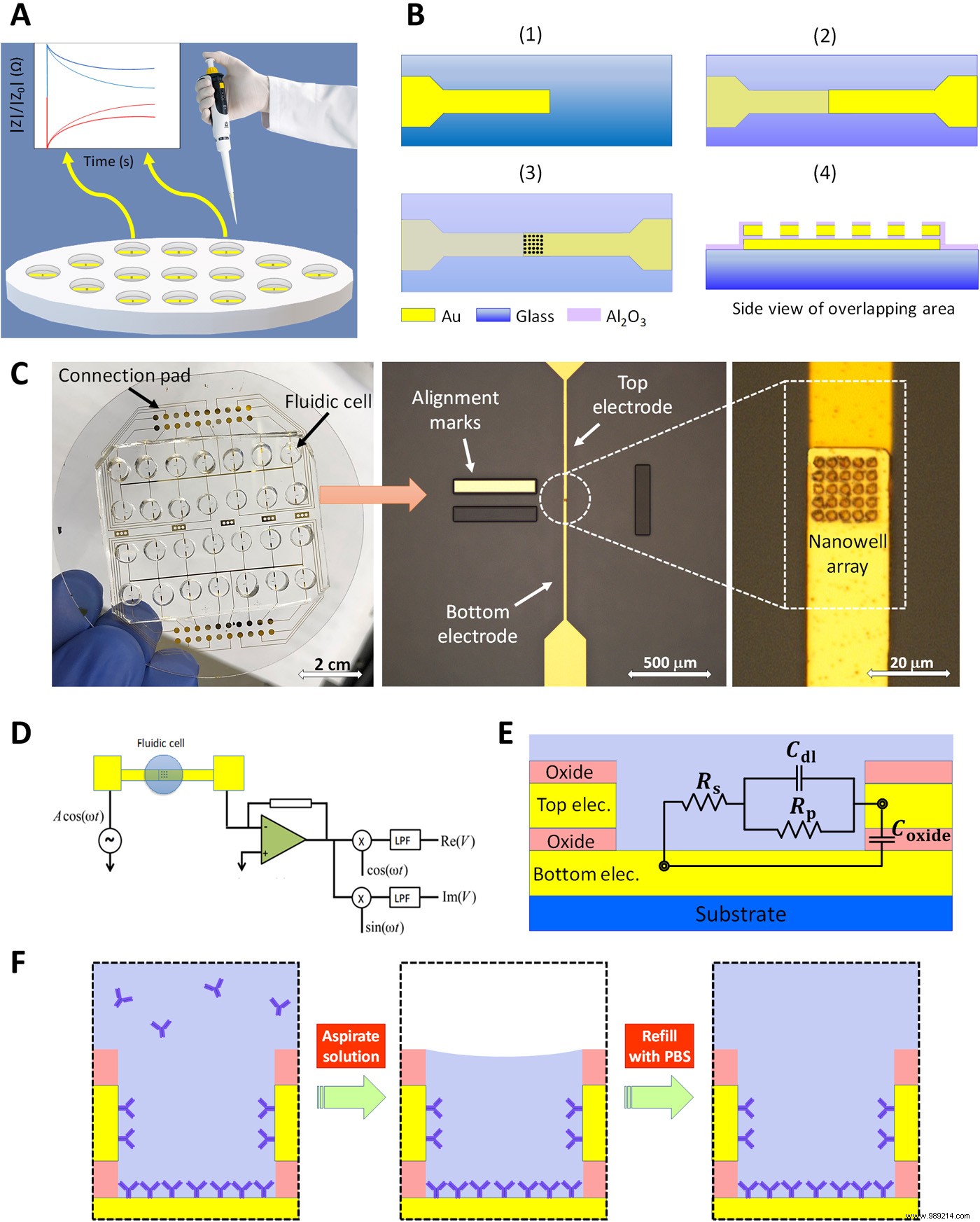American researchers have developed a microchip to measure a person's stress level in real time. This allows the quantification of the stress hormones present in a drop of blood. This technology is promising and could even evolve further.
Hormones such as ACTH, adrenaline or cortisol are involved in stress management. They also play a diverse role in health and particularly with regard to sleep. Too high levels of these hormones indeed result in a reduction in the quality of sleep. Thus, individuals expose themselves to greater stress and therefore at a higher risk of panic, heart attacks and other health problems.
When it comes to cortisol, measuring its level usually involves going to a lab. However, the process is rather expensive. Researchers from Rutgers University (USA) detailed in the journal Science Advances on June 30, 2021 a new way to monitor cortisol levels daily. The goal? Enable individuals to receive treatment in a shorter time frame.

In their publication, the scientists explain that they used the same technologies as those used for computers. They have made sensors thinner than a hair (nanosensors) with the ability to detect biomolecules at very low concentrations. Thanks to this type of process, patients will be able to monitor their hormone levels. It also then becomes possible to measure stress, but also to control certain pathologies such as chronic inflammation.
“The use of nanosensors allowed us to directly detect cortisol molecules without the need for other molecules or particles to act as markers“ Reza Mahmoodi, a researcher in Rutgers University's Department of Electrical and Computer Engineering and lead author of the study, said in a statement.
This technology has potential, because it could make it possible to analyze cortisol levels via other fluids such as saliva or urine . This would simplify things even more since it would be a non-invasive procedure requiring no injections. In addition, this work gives hope to eliminate the use of large devices in size. Monitoring hormone levels could indeed integrate into a connected wearable device .